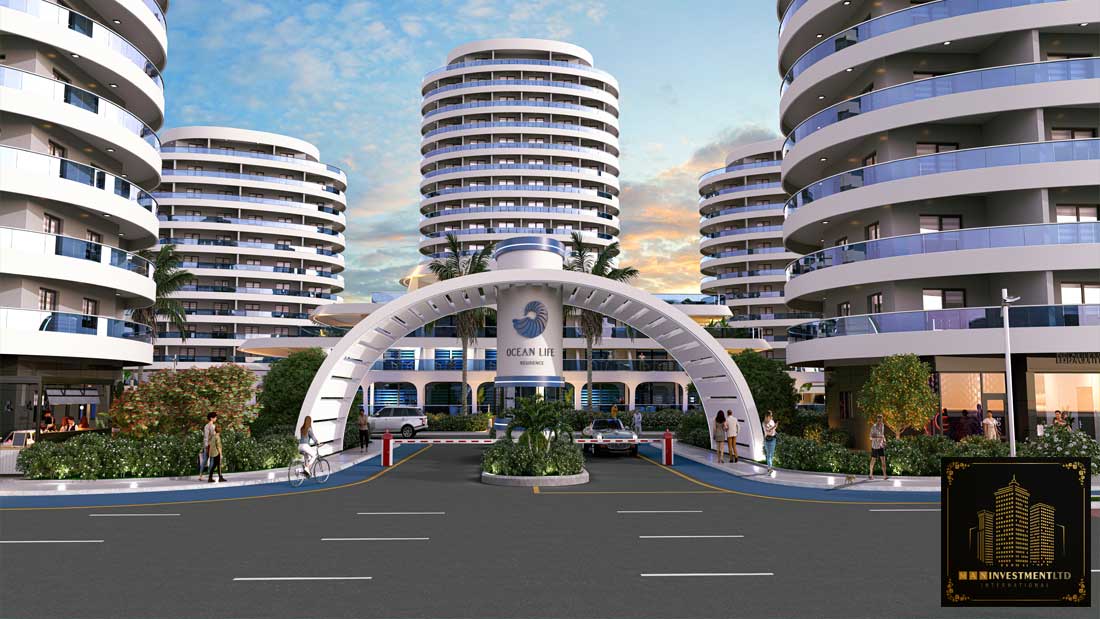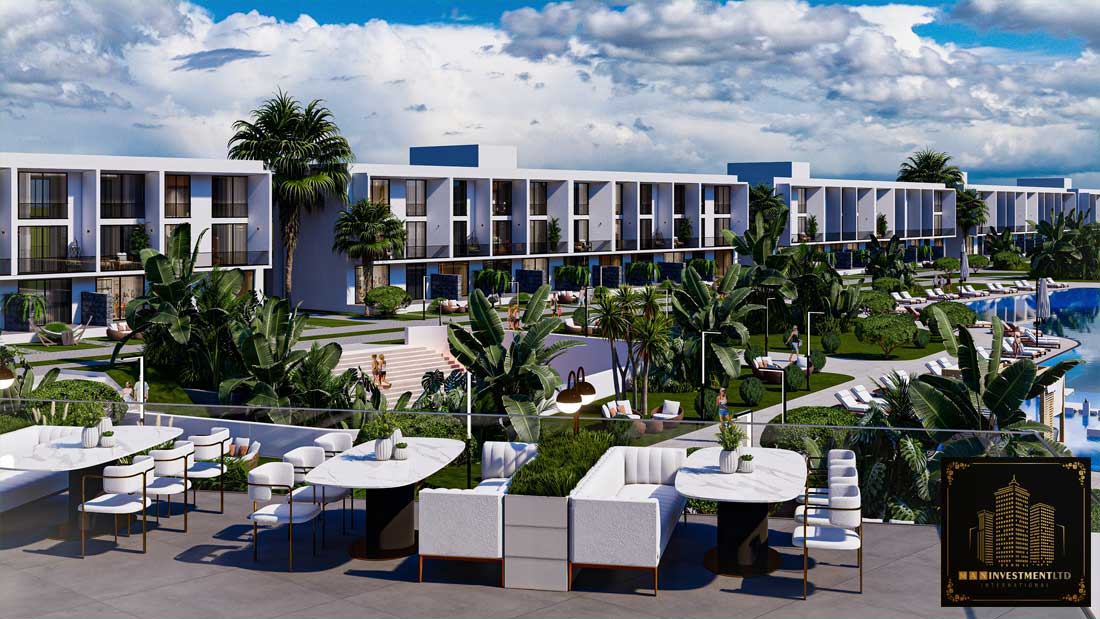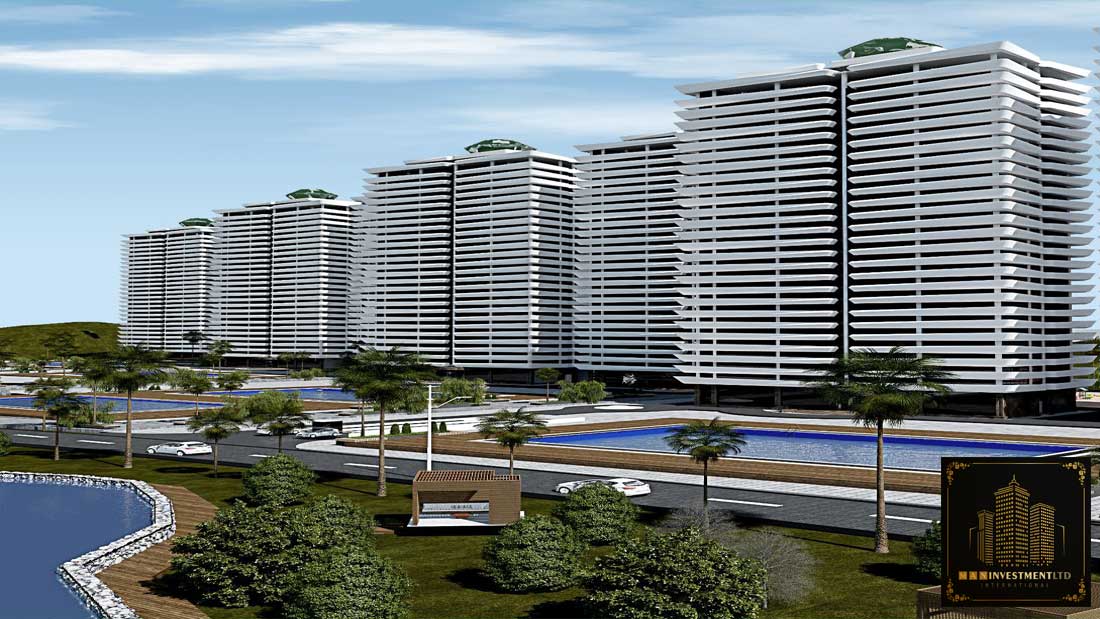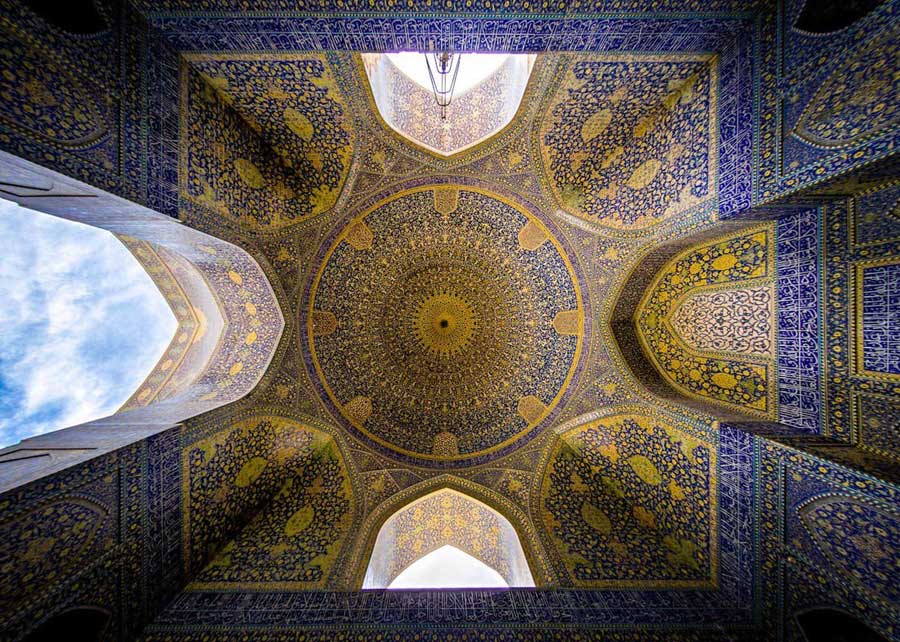Islamic architecture
one of the most attracting features of all Islamic architecture monuments is their focus on the enclosed space, on the inside as opposed to the outside, the façade or the general exterior expression of a building. A common and widely recognized expression of this attitude is, of course, the Muslim house; organized around an inner courtyard, it presents to the outside world high windowless walls interrupted only by a single low door. Often several houses are collected together into a larger walled complex accessible only through a single low doorway, which leads to an inner privet passageway from which the individual dwellings can be reached. These houses, and in some cases even large building complexes, give the traditional Muslim city its particular unmistakable appearance, which still survives today in many examples of ancient town centers.
The disregard for the outside appearance of a structure is often developed to the extreme, and sometimes to a monumental structure such as a congregational mosque. Most of them are completely hidden by being surrounded by secondary neighboring buildings. This ‘hiding’ of major monuments goes hand with a total lack of exterior indications of the shape, size, function or meaning of a building. Even if a structure has a visible façade or a portal, these features tell us little, if anything, about the building that lies behind it. In other words, rarely does a façade give any indication of the inner organization or purpose of the building in question. It is also rare that an Islamic architecture building can be understood, or even its principal features identified, by its exterior. Source : Racomplex.com











بدون دیدگاه